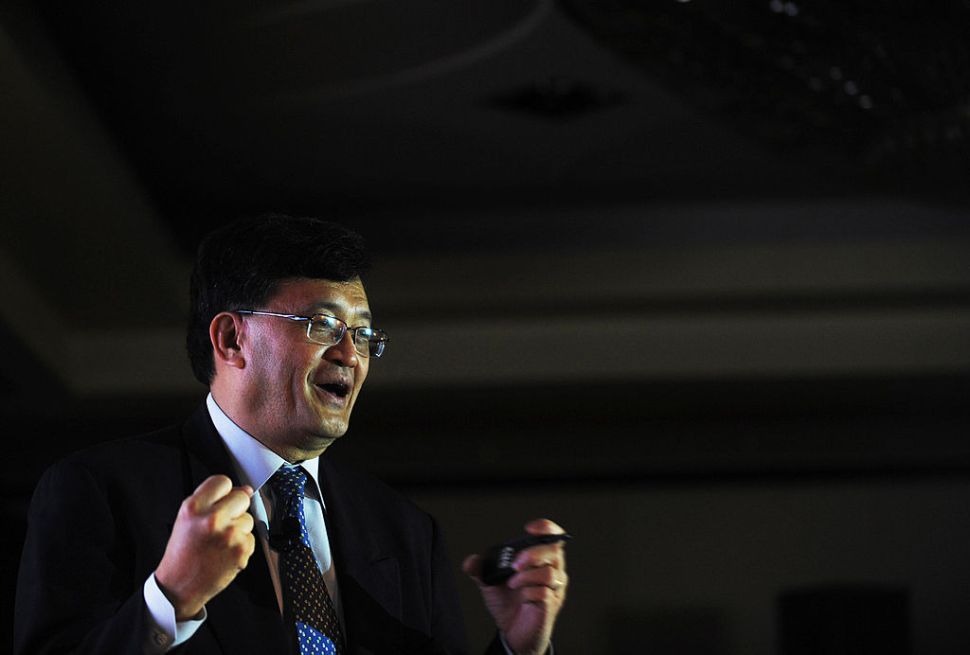Earlier this week, Intel’s new CEO Lip-Bu Tan delivered a keynote speech at the Intel Vision conference—just 14 days into his tenure. He takes the reins at a critical moment for the once-dominant American chipmaker, now struggling to keep pace with rivals amid the A.I. boom.
Intel still holds a commanding share of the CPU market for personal computers, but it lags behind companies like Nvidia and AMD when it comes to GPUs, the chip used for training A.I. models. Its stock has also seen a steep decline in recent years. Tan opened his keynote by acknowledging the urgency of the situation. “We have a lot of hard work ahead. There are areas we have fallen short of [customers’] expectations,” he told the audience. “I will put together strong teams to correct past mistakes.” He added that he would prioritize hiring “the best talent in the industry to come back and join or rejoin Intel.”
A seasoned industry figure, Tan has served on the boards of 14 semiconductor companies. Prior to joining Intel, he was CEO of software firm Cadence and served on Intel’s board from 2022 to 2024. He’s also the founder of Walden Catalyst Ventures, an investment firm focused on the semiconductor space and has backed numerous successful startups.
Tan was a Ph.D. candidate studying nuclear engineering at MIT. Before completing his doctoral degree, he switched course to pursue an MBA at the University of San Francisco and start his own ventures.
Now, his biggest challenge will be restoring Intel’s standing in an industry where Nvidia, by market cap, has become 24 times larger. Nvidia also leads the sector in revenue per employee—a marker of both talent and efficiency—while Intel ranks eighth.
But Intel’s core problem may not be innovation—the hard part—but deployment. “The tragedy of Intel’s treasures lies in their delayed or deferred deployment. They optimize for minimizing quarterly losses. Many innovations have been sitting on shelf,” wrote former Intel executive Raja Koduri on X in February.
Though Tan didn’t address deployment speed directly—an area that could help Intel iterate more quickly based on customer feedback—he did commit to strengthening the company’s foundry business. This refers to Intel’s chip-manufacturing capabilities, which allow it to tailor semiconductors to specific client needs.
“Under my leadership, Intel will be an engineering-focused company,” Tan promised. Revitalizing Intel’s foundry operations—long a point of criticism, including from Apple CEO Tim Cook—will be essential to enabling faster deployment, customization, and responsiveness to customers.
To underscore his commitment, Tan has proposed spinning off Intel’s “non-core businesses,” though he hasn’t specified which ones, signaling a sharper focus on what must become the company’s strengths.
Intel’s historic success helped put the “Silicon” in Silicon Valley. It was once the backbone of the American tech hardware industry. While its legacy is secure, it now falls to Tan to determine whether that story continues.

